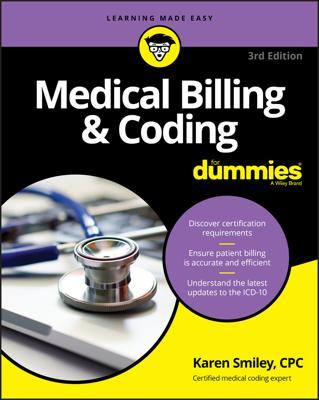In medical billing, companies that function as intermediaries who forward claims information from healthcare providers to insurance payers are known as clearinghouses. In what is called claims scrubbing, clearinghouses check the claim for errors and verify that it is compatible with the payer software.
The clearinghouse also checks to make sure that the procedural and diagnosis codes being submitted are valid and that each procedure code is appropriate for the diagnosis code submitted with it. The claim scrubbing edit helps prevent time-consuming processing errors.
Each provider chooses which clearinghouse it wants to use for submitting claims. Most clearinghouse companies charge the providers for each claim submitted, and they also charge an additional fee to send a paper claim to a certain payer.
Clearinghouses may submit claims directly to the payers, or they may have to send a claim through other clearinghouse sites before reaching the payer(s). The claims may go through other clearinghouses for the following reasons:
The provider billing software isn’t compatible with the payer processing software, and the information needs to be reformatted prior to being sent to the payer. Because of the potential difficulties caused by incompatible software, clearinghouses require an initial enrollment period prior to sending claims for the first time.
During the enrollment period, which can take up to four weeks, the clearinghouse tests the compatibility between the provider software and the payer software. Providers need to be mindful of this process so that their claims are not delayed. When using a new clearinghouse, verify the enrollment process before you actually need to submit live claims.
The payer isn’t enrolled in the same clearinghouse the provider uses. The provider pays the clearinghouse, and the insurance companies pay the clearinghouse. Each payer is identified by its clearinghouse electronic data interchange (EDI) number. This number serves as the payer’s “address,” or identifier, and it tells the clearinghouse which payer to send the claim to.
If the payer isn’t enrolled in the same clearinghouse as the provider, the claim is sent to a clearinghouse that the payer is enrolled with. Take a look at a couple of examples.
Example 1: Provider Smith uses ABC billing software. Provider Smith then enrolls with XYZ clearinghouse. ABC software sends the claims entered into it to XYZ clearinghouse. Payer Gold is enrolled with the same XYZ clearinghouse. So XYZ receives Provider Smith’s claims and sends them directly to Payer Gold. This is a simple exchange, and the claim is paid fairly quickly.
Example 2: Provider Smith uses ABC billing software and enrolls with XYZ clearinghouse. Payer Gold isn’t enrolled with XYZ clearinghouse; it’s enrolled with JKL clearinghouse. So XYZ clearinghouse must send the claims to JKL clearinghouse before they can be sent to Payer Gold. This exchange takes longer to get the claim from the provider to the payer and may delay payment.
If a clearinghouse has to send a claim to other clearinghouses, the claims process takes longer. In addition, exchanges like this can perpetuate, with your claims going every which way before reaching the intended payer. Every time the claim is transferred, the chances of it being stalled or lost increases. To avoid this billing chaos, you need to know where the claims are going after they leave the provider.
If you are enrolled with a clearinghouse that seems to always send the claims to other clearinghouses, shopping around may be wise. Enrolling with a larger entity may cost a little more, but doing so is usually worthwhile if it gets the payment in sooner.

